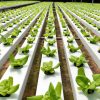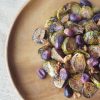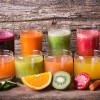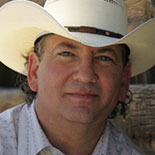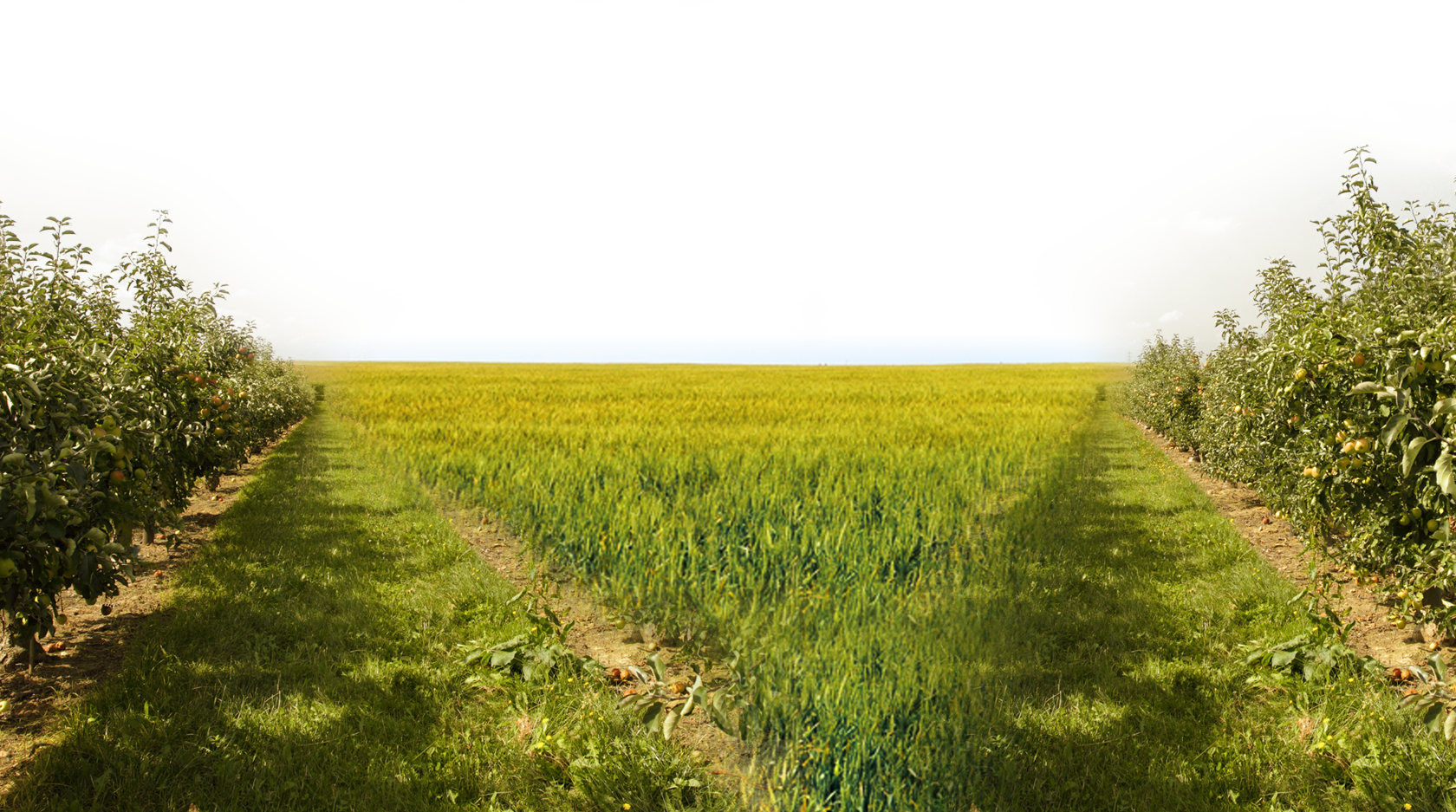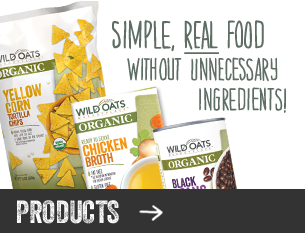
Vitamin D – Part 2 – Top 10 foods to eat for this critical vitamin!
By Dr. Daria | 0 Comments | Posted 08/02/2014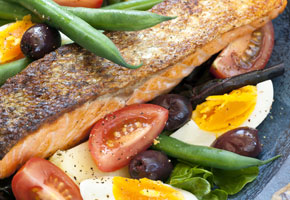
In Part 1 we talked about a unique feature of Vitamin D. It is the only “vitamin” that has this feature. Either you can make it yourself if you are exposed to a lot of sunshine on your bare, non-sunscreened skin, OR, you can get it in your diet or with supplements. Vitamin D is the only vitamin that falls into that category!
Ever wonder why your cat loves to lie in the sunshine? Well, we’ll never know for sure but, it could be a natural craving for sun so that Fluffy can make Vit D too. Wait, Fluffy is covered with fur, how does that work? Here’s the scoop – the oil secreted from Fluffy’s skin gets on her fur. The oil reacts with the ultraviolet light and becomes Vitamin D. When Fluffy cleans herself, she ingests the Vit D that she produced! So, even those she made it herself, she had to consume it to get it into her body because it does not come in contact with her skin easily. Gosh, this stuff can get complicated!
If you missed Part 1, it talked about the documentation from the scientific community that low Vitamin D levels are associated with increased death from ALL Causes. ALL Causes! That is a really big deal!! And, you can actually have your doctor do a Vit D blood test to see how close you are to the ideal value of 60 – 80. Most people are much, much lower than that. I’ve seen it as low as 7 in my clinic. Ouch!
So, it is reasonable to make an effort to eat foods rich in Vit D. What foods are best? Well, it is not vegetables or nuts! They contain NO Vit D!
Here is your basic list for finding Vit D in your foods:
1) Fish – all varieties contain some Vit D and the amount will vary widely from fish to fish.
2) Shellfish – all varieties contain some.
3) Meats – all varieties contain some.
4) Poultry – all varieties contain some.
5) Eggs – all Vit D is in the yolk.
6) Mushrooms – usually a small amount unless exposed to UV light after harvesting.
7) Ready-To-Eat Cereals – almost all varieties are fortified with added Vit D.
8) Milk – most brands are fortified with Vit D, so check the label.
9) Milk Alternatives (like soy milk, rice milk, almond milk) – many are
fortified, check the label.
10) Cheese – some cheeses contain a small amount of Vit D (cheddar, colby
and gruyere are best).
Yes, the list is a bit short and kind of boring! So, what to do? Well, appropriate sun exposure if possible first, dietary sources second and Vit D supplements third. My clinical experience tells me that figuring out ways to keep your Vit D levels up will be very good for your long term health. Oh, and my level was 11 the first time I checked it! Yikes!
http://ajcn.nutrition.org/content/80/6/1710S.full


 Contact us
Contact us






